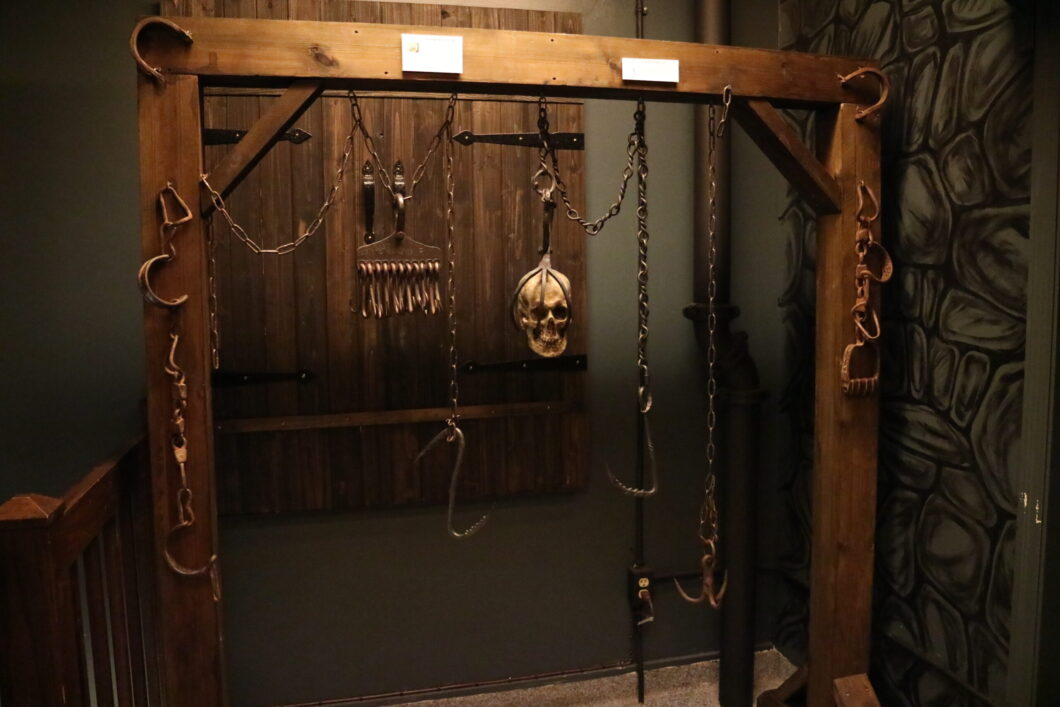In the shadowy depths of medieval dungeons, where whispers of fear echoed off cold stone walls, the most horrifying punishments were not always physical. While the most common medieval torture devices-like the rack or the Iron Maiden-are infamous, the truly insidious methods often lay in the realm of psychological manipulation and the covert use of poisons. These secret medieval torture methods blurred the line between alchemy and cruelty, turning the art of interrogation into a dark science.
The Role of Poisons in Medieval Torture
Poisons were more than just weapons of assassination in the Middle Ages; they were carefully wielded tools in interrogation chambers. These substances could induce physical weakness, mental disorientation, or prolonged suffering, creating an atmosphere of terror and control. The exploration of medieval poisons and their impacts was closely linked to alchemy and the early practices of medicine. Practitioners would create potions that could either extract confessions or inflict harm without leaving any visible marks.
At the Medieval Torture Museum in St Augustine, visitors can uncover the chilling history of poisons used in medieval torture. From slow-acting substances that mimicked illness to fast-acting toxins for immediate compliance, these methods reveal the dark ingenuity of medieval interrogators.
Crafting Fear: Psychological Intimidation
Fear was a powerful weapon, and psychological intimidation in medieval interrogations was a tactic perfected by skilled tormentors. Victims frequently found themselves caught in intricate traps, where just the suggestion of pain was enough to coax out confessions. Shadows cast by torture devices, tales of previous victims, or even the presence of alchemical tools were enough to break the will of many.
A St Augustine tour offers a fascinating look into how these tactics were employed. Interactive exhibits bring to life the tormenting anticipation victims faced, often more harrowing than the physical acts themselves.
The Dark Art of Alchemy: How Poisons Were Made
The creation of poisons was an alchemical art steeped in secrecy. Creating poisons in the Middle Ages was quite the art form, blending natural ingredients with complex recipes and a solid grasp of human anatomy.Some medieval poison recipes relied on toxic plants like hemlock or belladonna, while others combined minerals like arsenic or lead. These substances were used to create both subtle and overt effects, each carefully tailored to the needs of the torturer.
At the Medieval Torture Museum in Chicago, exhibits explore the intersection of alchemy and cruelty. Visitors can examine replicas of tools used to concoct these substances and learn about the methods behind their application.
Secret Methods of Torture in the Middle Ages
The use of poison and psychological pressure exemplified the secret methods of torture in the Middle Ages. These techniques were often hidden from public view, reserved for the darkest corners of medieval justice. Unlike devices that left visible scars, these methods allowed for deniability and discretion, making them ideal for politically sensitive interrogations.
In some cases, prisoners were forced to ingest substances that caused agonizing pain or hallucinations, amplifying their fears. Combined with psychological tactics like isolation or mock executions, these methods stripped victims of their mental and physical defenses.
Myths and Realities of Medieval Torture
Despite their chilling reputation, many tales of medieval torture are shrouded in myth. The Medieval Torture Museum in LA provides a balanced perspective, separating historical facts from exaggerated legends. Visitors can explore the realities behind these practices, from the science of poison to the psychological impact of fear.
A Journey Through Darkness
Medieval torture was not merely about inflicting pain-it was a calculated effort to exert control. By blending physical suffering with mental anguish, torturers created an environment where victims felt utterly powerless. The use of poisons, whether to weaken the body or destabilize the mind, was central to this strategy. These practices serve as a haunting reminder of the lengths to which humans will go to enforce authority.
Interactive Exhibits and Beyond
For those interested in delving deeper, the museum’s blog offers detailed articles on topics like medieval interrogation techniques and the myths surrounding these dark practices. Whether you’re a history enthusiast or simply curious, the blog is an invaluable resource.
Visiting the Medieval Torture Museum is more than just an exploration of history-it’s an immersive journey into the psychology of fear and the secrets of the past. From St Augustine attractions to the fascinating exhibits in Los Angeles and Chicago, each location offers a unique perspective on these haunting tales.
If you find yourself fascinated by the science behind medieval poisons, captivated by the art of intimidation, or on the lookout for unique attractions in St. Augustine, these museums offer a haunting peek into the dark corners of medieval justice.






